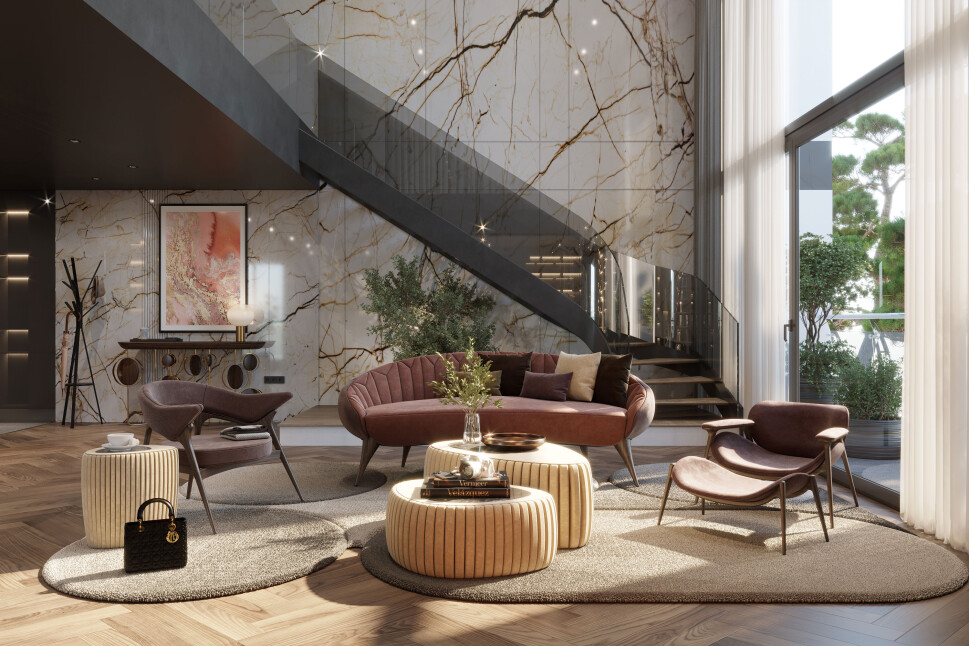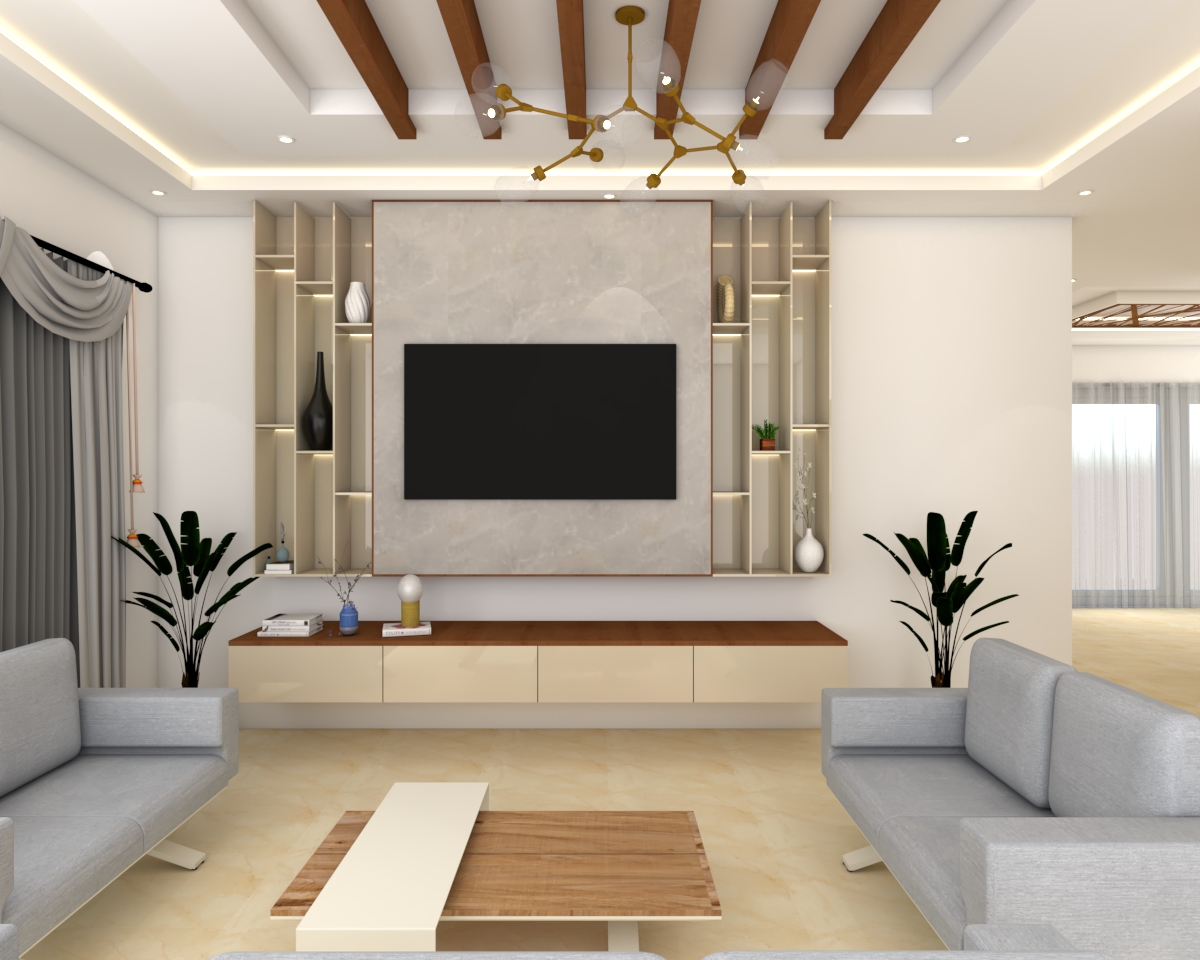Why Understanding the Principles of Inside Style Is Necessary for Effective Room Planning
Recognizing the principles of indoor layout is basic to reliable area planning, as it lays the foundation for developing environments that harmonize performance with visual appeal. Crucial aspects such as flow, balance, and proportion are not merely attractive considerations; they are vital in enhancing just how an area is utilized.
Relevance of Space Preparation
Space planning is a fundamental facet of interior design that dramatically affects the functionality and aesthetics of a room. It entails the strategic setup of furniture, fixtures, and architectural components to maximize using offered area while improving the general user experience. Reliable room planning addresses numerous elements, consisting of flow, accessibility, and the certain needs of the owners.
One of the primary advantages of space preparation is its capacity to improve spatial effectiveness. Interior design studio Miami. By thoughtfully arranging a design, developers can make certain that every area serves a function, reducing mess and promoting a feeling of order. Furthermore, appropriate space preparation promotes a harmonious setting, permitting smooth motion and interaction within an area
Furthermore, effective area planning considers all-natural light, sightlines, and the connection in between various locations. This holistic approach not just raises the visual appeal yet additionally adds to the health and efficiency of the passengers. Ultimately, a well-executed area plan contributes in producing a balanced and inviting atmosphere, making it necessary for any type of indoor layout task.
Key Concepts of Interior Decoration

One fundamental concept is equilibrium, which can be balanced, asymmetrical, or radial. Balanced equilibrium produces a sense of order, while asymmetrical balance supplies a much more dynamic visual appeal. One more crucial concept is proportion and scale, guaranteeing that the dimension of furniture and style aspects relate harmoniously to each other and the overall space.
Shade concept also plays a substantial function, affecting mood and assumption. Designers utilize color combinations to evoke particular sensations and enhance the spatial experience. In addition, the principle of rhythm entails creating a feeling of motion via rep of patterns, colors, or forms, assisting the eye throughout the room.
Last but not least, the principle of focus routes focus to prime focus, permitting a clear story within the design. Luxury Interior designer Miami. By sticking to these vital concepts, interior developers can produce settings that not only satisfy functional needs yet likewise reverberate with the residents on a psychological degree
Influence On Performance and Circulation

The setup of furnishings, the option of products, and the combination of innovation all play important functions in accomplishing ideal performance. As an example, putting seating areas in closeness to work spaces can assist in communication and partnership, thereby boosting efficiency. Furthermore, ensuring that pathways are unblocked and clear enables efficient activity, decreasing blockage and promoting an all-natural flow throughout the area.
Furthermore, including elements such as illumination and shade can better assist in defining locations, making it simpler for people to navigate their atmosphere. Thoughtful room planning takes into consideration not only the physical elements of layout but likewise just how users engage with their environments. Eventually, an emphasis on functionality and flow not just improves the individual experience yet also boosts the overall efficiency of the space, producing a setting that meets the demands of its residents while promoting a feeling of harmony and balance.
Enhancing Aesthetics and Mood
3 vital aspects-- lighting, structure, and shade-- play crucial duties in enhancing the aesthetic appeals and state of mind of an indoor room. Shade establishes the emotional tone; warm shades like reds and oranges stimulate power and heat, while cooler tones such as blues and environment-friendlies advertise peace and peace. Picking a harmonious color palette can transform a space, creating a visually enticing and natural setting.
Appearance includes deepness and passion, adding to the tactile experience within a space. A mix of structures-- smooth surfaces, luxurious materials, and natural materials-- can create aesthetic find here intrigue and boost convenience. For example, coupling a soft velour couch with a streamlined glass coffee table can produce a balanced aesthetic that invites interaction.
Lighting, often a forgotten component, dramatically influences state of mind. Natural light fosters an open, airy atmosphere, while strategically positioned synthetic lights can develop heat and highlight architectural attributes. Dimmer buttons enable convenience, enabling for adjustments to fit different tasks or times of day.
Integrating these three aspects thoughtfully not just elevates the aesthetic charm of a space yet likewise cultivates an environment that resonates with its desired purpose, inevitably enhancing the overall experience for its passengers.
Practical Applications in Real Life
Using interior decoration principles in reality needs a thoughtful strategy that incorporates shade, texture, and lights right into daily rooms. By recognizing how these elements collaborate, people can produce environments that are not just visually appealing however unified and also useful.
For example, in a small living area, utilizing a light color combination can make the area really feel bigger and a lot more open. Strategic use mirrors can boost all-natural light and develop an impression of deepness. Including numerous appearances via fabrics, such as paddings and carpets, can add warmth and interest without overwhelming the senses.
Lighting plays a critical duty in specifying the ambience. Split lights, containing ambient, job, and accent choices, enables flexibility in mood settings. In a home workplace, as an example, a mix of natural light, workdesk lamps, and decorative fixtures can increase efficiency while preserving a welcoming atmosphere.
In addition, understanding spatial relationships and furniture arrangement can cause enhanced functionality. By adhering to concepts such as equilibrium and percentage, one can make certain that rooms serve their intended function while staying visually pleasing. Generally, functional applications of interior style principles substantially improve the livability and charm of any type of setting.
Final Thought
Finally, recognizing the principles of indoor style is important for effective area planning, as it cultivates a balance in between performance and appearances. By applying crucial concepts such as proportion, shade theory, and circulation, designers can produce environments that improve both use and visual allure. Ultimately, this understanding contributes to the advancement of rooms that not only satisfy practical requirements yet also raise the total atmosphere, causing more efficient and satisfying experiences for customers.
Understanding the concepts of indoor design is essential he said to reliable room planning, as it lays the groundwork for developing environments that balance capability with aesthetic appeal.Area preparation is a fundamental aspect of interior layout that significantly influences the performance and aesthetics of a space. Furthermore, appropriate room planning promotes an unified setting, permitting for seamless motion and communication within a space.
Additionally, the concept of rhythm involves producing a feeling of activity through repeating of patterns, shades, or shapes, directing the eye throughout the area.
In verdict, recognizing the principles of interior i thought about this design is critical for effective space planning, as it promotes a balance between functionality and aesthetic appeals.
Comments on “Elevate Your Home with a Luxury Interior Designer Miami Experience”